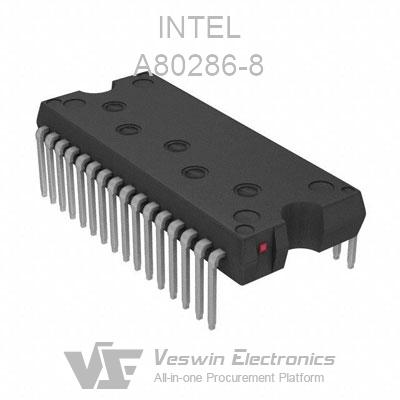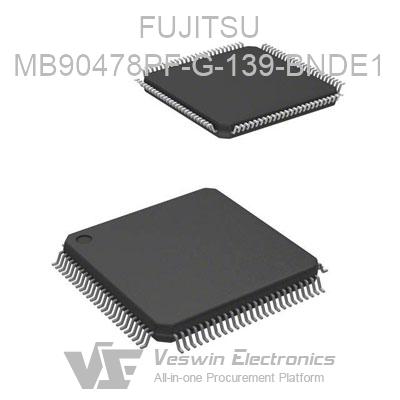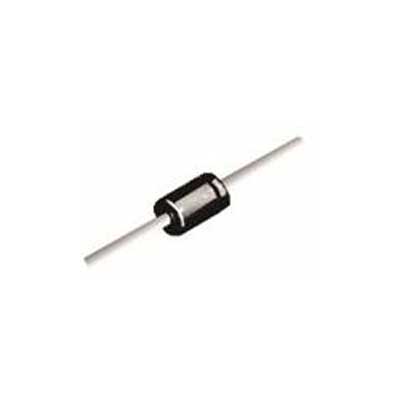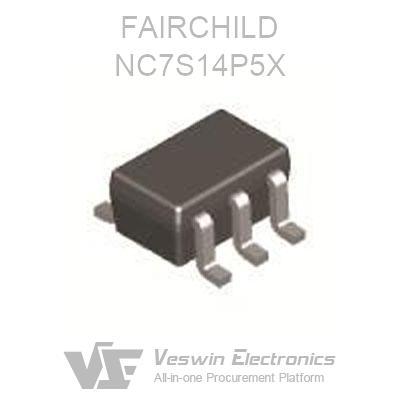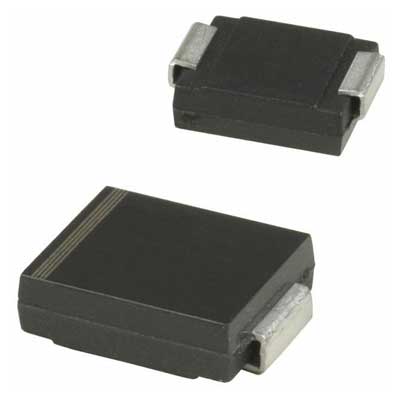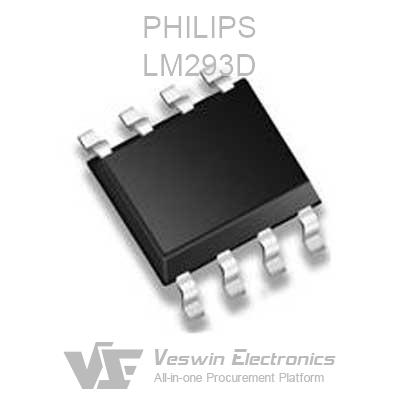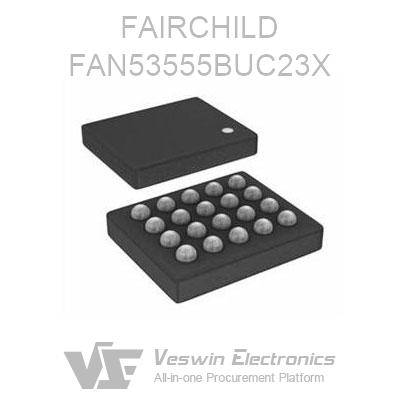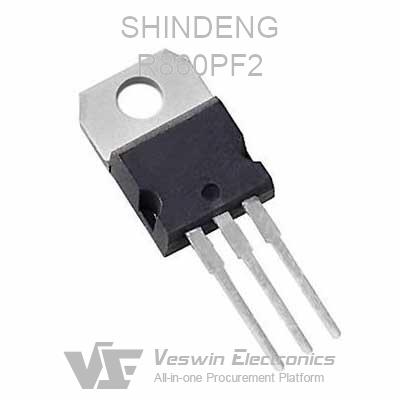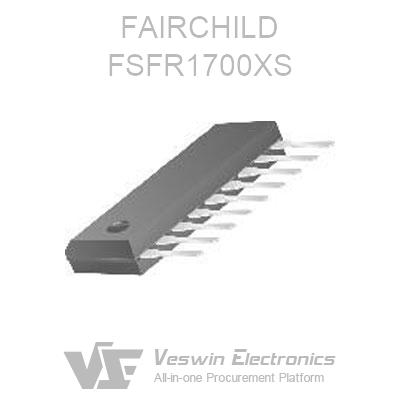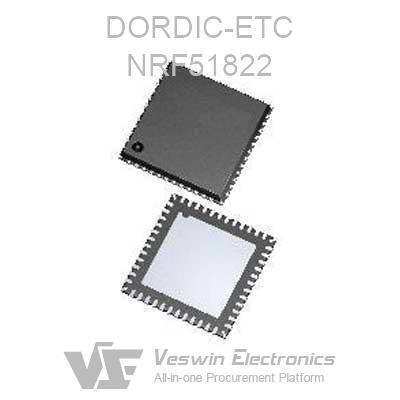DC voltage is applied to the dielectric. After a certain time of polarization, the corresponding leakage current flowing through the dielectric is called insulation resistance. Insulation resistance is the most basic insulation index for electrical equipment and lines. Low-voltage electrical installations of the handover test, motor, distribution equipment, and distribution lines insulation resistance shall not be less than 0.5MΩ (operating equipment and wiring insulation resistance of not less than 1 megohm / kv). Low-voltage appliances and their connecting cables and secondary circuit insulation resistance are generally not less than 1MΩ; in a relatively humid environment, it should not be less than 0.5MΩ; small circuit small bus insulation resistance shall not be less than 10MΩ. Class I handheld power tools insulation resistance shall not be less than 2MΩ.
Grounding resistance is the resistance encountered when the current flows from the grounding device into the earth and then flows through the earth to another grounded body or propagates to a distant location. The measurement unit is Ω. The size of the grounding resistance can reflect the degree of contact between the electrical device and the earth, reflecting the size of the grounding network.
Grounding resistance measurement methods include the two-wire, three-wire, four-wire, single-clamp, and double-clamp methods. Each of these five methods has its characteristics. In the actual measurement, try to choose the correct measurement method and measuring instrument to ensure the accuracy of the results.
This resistance is mainly used for DC resistance testing of inductive loads such as transformers, motors, CT/PT, etc. The measurement unit is mΩ. It can reflect the welding quality of the winding, short circuit between turns of the winding, disconnection of the winding or the lead, poor contact of the tap changer and wire, and other faults. It is also an effective means to determine whether the DC resistance of each phase winding is balanced and whether the regulator switch gear is correct.
DC resistance measurement methods include the current-voltage, DC bridge, and three-phase winding compression methods simultaneously. Nowadays, DC resistance testers generally use the DC bridge method, which requires a test current of not less than 1A and a small measured resistance value. High test current is very common: 1A, 3A, 10A, 20A, 40A, 50A, 100A, these are only used for single-phase measurement.
Contact resistance is the parameter of whether the conductive circuit connection is good. The measurement unit is μΩ. Each type of high-voltage circuit breaker specifies a range of values. If the circuit resistance exceeds the specified value, the conductive circuit may be poorly connected. In the case of high-current operation, the local temperature rise will increase contact failure or even a vicious cycle leading to oxidation and burnout, so the circuit breaker used for high-current operation should require more attention.
Hot News
